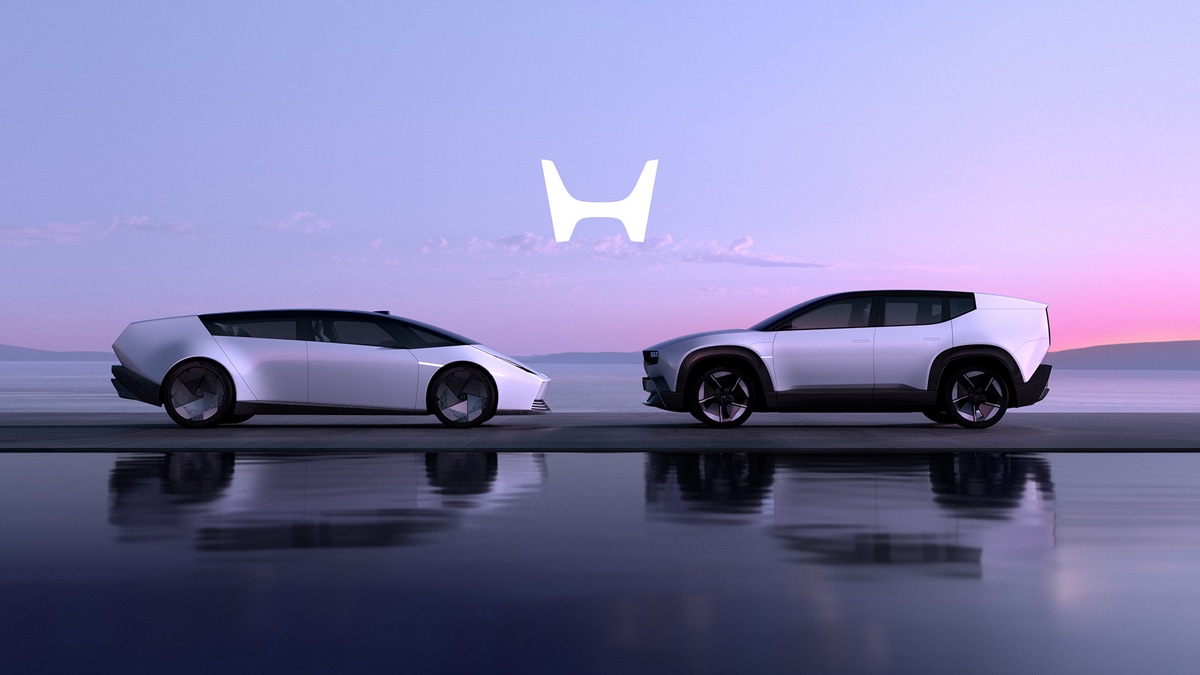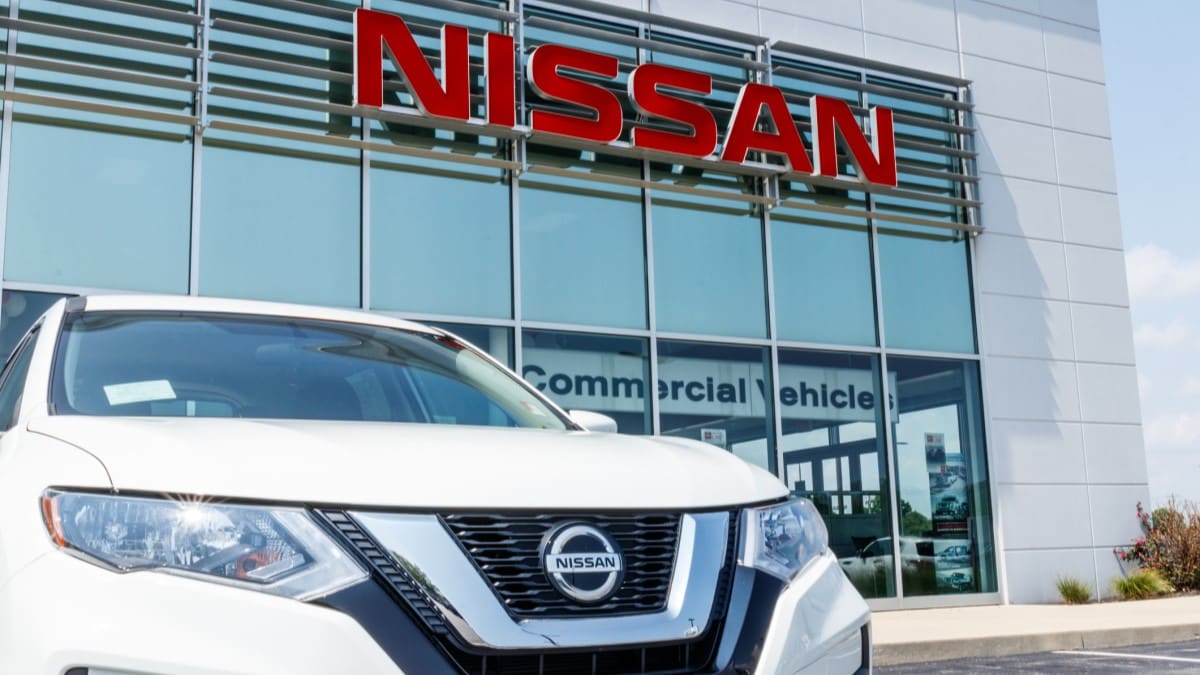Automotive giants Honda and Nissan will not merge. The pair announced their intention to merge with a memorandum of understanding (MOU) in December. Nissan yesterday formally terminated the memo.
Why Talks Fell Apart
In a statement, Nissan explained that the MOU had proposed “a joint holding company structure in which Honda nominates a majority of the directors and the president through a joint share transfer.” But, in talks, Honda changed its stance, proposing instead “a stock swap, which would make Nissan a wholly owned subsidiary of Honda.”
Nissan leaders were unwilling to consider that.
The deal would have created the planet’s fourth-largest automaker, served as a lifeline for struggling Nissan, and helped Honda bulk up to fight off a rapidly growing threat from Chinese automakers.
China’s BYD surpassed Honda and Ford in global sales last year, and is growing at an unprecedented rate that has the world’s largest automakers nervous.
What May Be Next for Nissan
Nissan sought the merger after struggling through a difficult 2024. With sales slumping at both Nissan and its Infiniti luxury division, a senior leader told reporters late last year that the company might have as little as a year left to turn itself around.
It must now attempt that turnaround. Before merger talks began, the company had planned several steps, including a complete lineup makeover for Infiniti, the end of most sedan production, and a new hybrid version of its best-selling Rogue SUV fitted with a powertrain licensed from Mitsubishi.
Nissan reportedly saw takeover offers from two investment groups and the Taiwan-based electronics giant Foxconn before seeking a partnership with Honda.
But Nissan must cut, not spend, its way to recovery. Industry publication Automotive News reports that the company “plans to shutter three factories in the next two years, cut shifts at U.S. plants, slash executive ranks by 20%, and cast about for new partners in a bid to keep the Japanese carmaker going.”
The company is more exposed to possible tariffs on Mexico than most rivals, with heavy production south of the U.S. border.
If Nissan cannot trim its way to financial health, Foxconn may re-emerge as a savior. Reuters reports that the Taiwanese company is open to a deal more amenable to Nissan’s desire to avoid being subsumed.
Foxconn Chairman Young Liu told Reuters, “Purchasing its shares is not our aim; our aim is cooperation.”
Bloomberg reports that KKR & Co., a private equity firm, is also weighing a bid.

What May Be Next for Honda
The merger plan was always more beneficial to Nissan than to Honda. Honda finished 2024 in a much stronger financial position than Nissan.
Honda executives told Kelley Blue Book they sought the merger to share the cost of developing expensive new technologies like electric vehicles (EVs), self-driving systems, and AI-powered in-car virtual assistants.
However, Honda has mature projects that are developing all those technologies independently. Last month, the company unveiled a pair of future EVs called the Honda 0 Series Saloon and SUV, complete with an in-car chatbot and more advanced partial automation technology than it has previously shown.
It may not need a partnership. Automotive News reports that, in the short term, Honda may speed up production of several models it builds in Canada and Mexico “to build a buffer supply” that might help it ride out possible tariffs if they prove short-lived.








